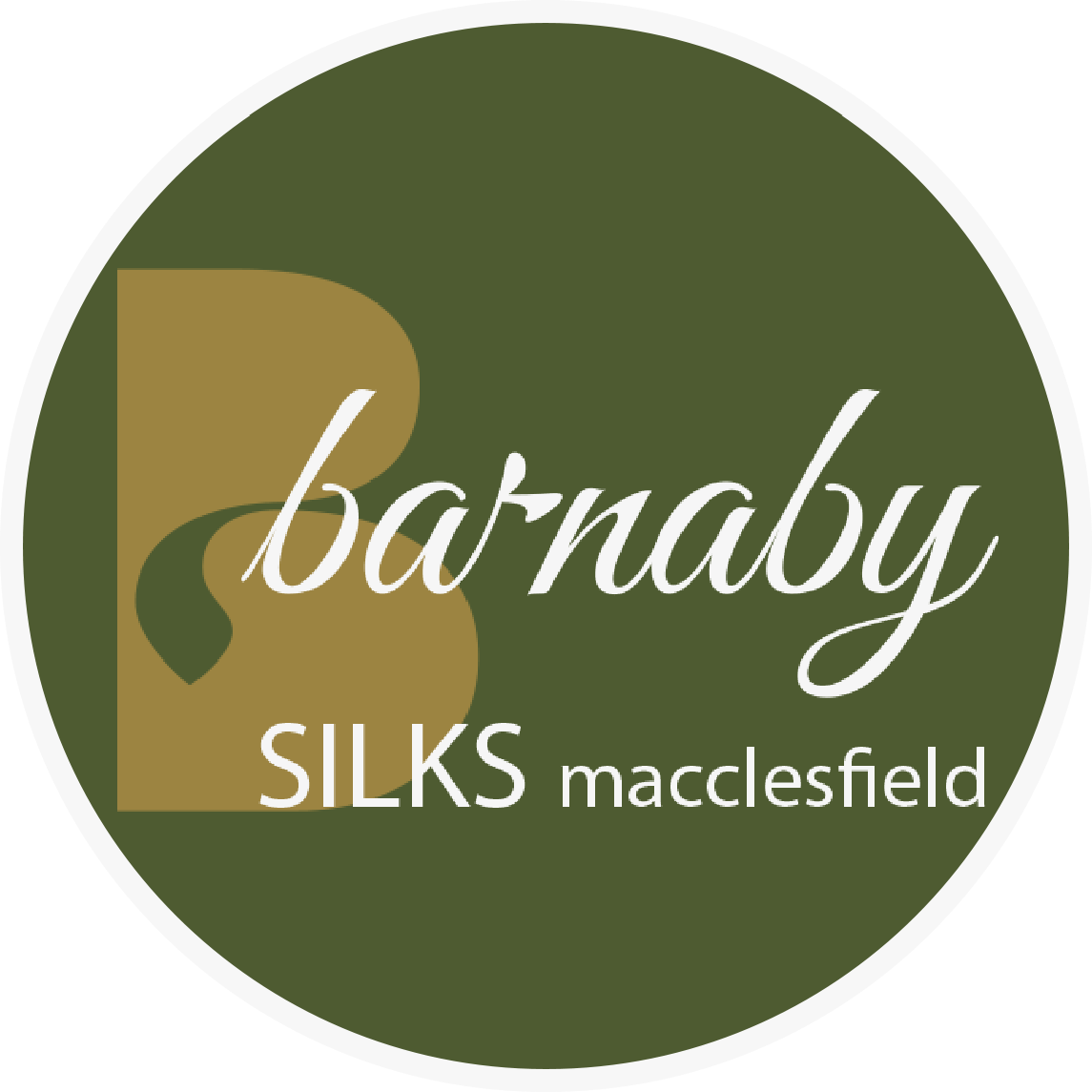WE EMPLOY THE VERY LATEST DIGITAL PRINTING TECHNOLOGY
At Barnaby Silks, we employ the very latest digital printed technology to provide a digital textile print service for producing our tie collection.
As pioneers in the transition to digital printing, we were the first to install a volume digital textile printer – and nowadays, sport one of the finest digital textile printing facilities in the United Kingdom.
Digitally printing presents no limitations on colour and through our specialist software we are able to colour match from monitor to printed fabric, a large selection of which we hold in year-round stock. Fabrics used range from the sheerest of silks to heavy cottons and velvets and include chiffon, habotai, georgette, poplin, canvas, cotton lawn, fine wool, lycra and other stretch materials.
Our background in textiles has proven to be invaluable in the digital revolution. To ensure the correct chemistry is used on each fabric our machines are set up on all available dyestuffs – acids, reactives, disperse, sublimation and pigments – with different fabrics requiring different methods of applying the ink for maximum effect.
We take great pride in working with designers to decide the best material, ink and method of application to realise their design in print and we’re recognised for our work in pioneering the fashion industry’s transition to using digital print technology. With it, came a new world where the use of colour had no limitations, minimum orders were a thing of the past and there was no ceiling on repeat sizes.
Through the growing use of digital, the UK is once again recognised as a realistic manufacturing base for fashion fabrics. It makes sound sense for designers to have fabrics printed here for a whole host of reasons, not simply for ease of forwarding to Europe and the US. It also makes good environmental sense too: printing digitally uses half the ink of screen printing methods and results in far less waste being discharged into the drains. There is no washing of screens or changing colours, so water consumption is reduced by approximately half. Carbon emissions are reduced still further, with road travel removed from the process – there are no screens to transport for printing, as everything is done by email.
The flexibility afforded by the digital process is such that we are able to produce multiple designs in a print-run which can then be easily split. This freedom is encouraging innovative use of colour and intricate design at all levels, which can only be good for the fashion industry.
Minimum quantities and colours are a thing of the past and the idea of printing designs using up to 60 or 70 colours is breathing freedom into the creative process.


